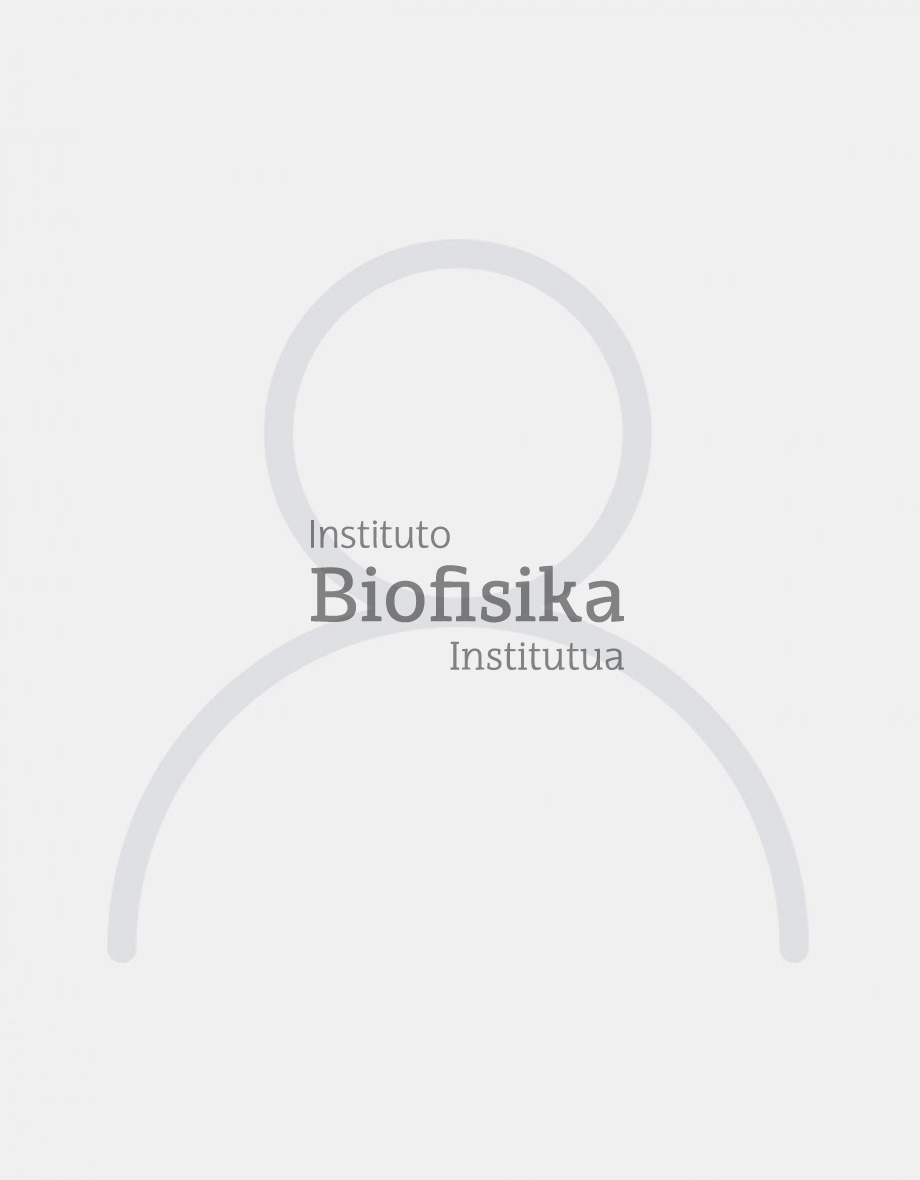CHEMIF.PTML LAB
Dept. of Organic and Inorganic Chemistry
Faculty of Science and Technology
University of The Basque Country (EHU)
Barrio Sarriena s/n. 48940 Leioa, Bizkaia (Spain)
The CHEMIF.PTML LAB lead, by Prof Humbert G Díaz (PI) and Prof Sonia Arrasate (Co-PI), offers Cheminformatics Expert Consulting, User-Friendly Software Development, and Tailored Data Analysis solutions. Our algorithms/software may reduce partners/clients experimental research and/or production costs in terms of material resources, laboratory animals, and time. Our team include researchers and students from IKERBASQUE, UPV/EHU, and Biofisika, Bilbao, and UDC Coruña. The principal tools used in our group are the result of combining Cheminformatics, Artificial Intelligence (AI), Machine Learning (ML) algorithms. We put special emphasis on the use of Cheminformatics Information Fusion and Perturbation-Theory Machine Learning (CHEMIF.PTML) method developed
and published by our group. Our partners/clients are mainly, but not limited to, Biophysics, Organic Chemistry, Medicinal Chemistry, Pharmaceutical, Biotechnology, Nanotechnology, and Biomedical Engineering Industry and Research centers. We can work with experimental research and industrial partner consortia or clients to detect their data analysis problem and formulate the problem in cheminformatics data analysis terms in order to train and validate an AI/ML predictive model. Next, we can develop and release (transference) a user-friendly AI/ML software tailored for the client necessities. Some of our previous partners/clients are Repsol-Petronor, Tecnalia, Gaiker, Tekniker, Biodonostia, DIPC, etc. We have published more than 200 JCR research papers, supervised more than 10 PhD theses, edited more than 20 Journals/Special issues, and developed more than 10 research software packages. We have also given consulting services (contract or pro-bono).
